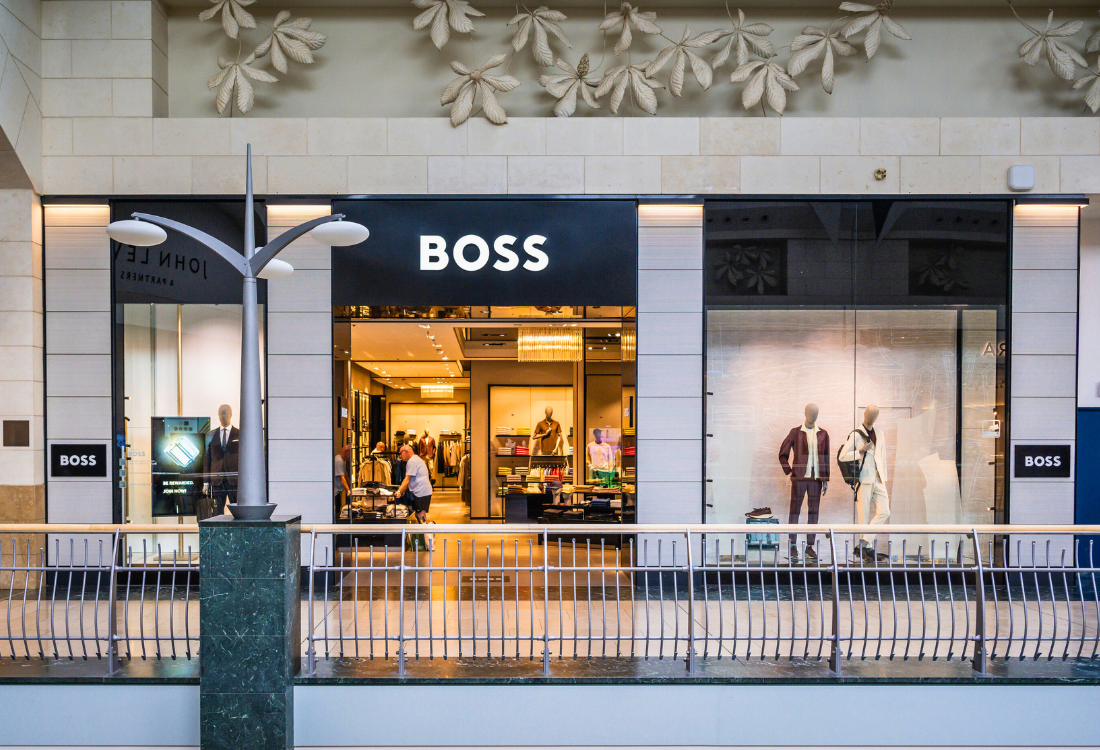Our Blog

Signage has always played a crucial role in how businesses communicate, brand, and engage with customers. From the wood-carved shop signs of centuries past to today’s interactive digital displays, the methods and materials may have evolved, but the goal remains the same—grabbing attention and conveying a message effectively.
As we look to the future, one key question arises for business owners and marketers alike: Does the future of signage lie in digital innovation or remain grounded in traditional methods? Spoiler alert—both methods have significant roles to play. While commercial signage has always incorporated the latest technologies, this doesn’t negate the timeless value of hardcopy signage for a wide variety of applications. This article will explore the features, benefits, and challenges of each and provide guidance for businesses looking to make informed signage decisions.
Understanding digital signage: what’s the big deal?
Digital signage refers to displays driven by screen-based and computer technology, such as LED or LCD touch screens, projectors, and even interactive kiosks. These modern solutions empower businesses with dynamic, customisable messaging that can adapt to changing conditions in real-time. Many signs also give organisations the ability to update their content on demand, increasing the value of their signage installations and reducing maintenance and setup time.
Key benefits of digital signage:
- Real-time updates: Digital displays can update instantly, enabling businesses to modify messaging for flash sales, events, or breaking news without delays.
- Interactive customer engagement: With touchscreens and motion-responsive technology, interactive digital signage creates experiences tailored to customers. Think wayfinding kiosks, self-service apps, or fun product customisation demos.
- Data-driven insights: Many digital platforms collect valuable analytics from how long a viewer engages with the display to preferences based on interaction, which helps refine marketing strategies.
- Eco-friendly option: Potentially, anyway. One of the criticisms frequently aimed at digital signage is the way that it uses additional electricity at a time when organisations are under increasing pressure to adopt more sustainable practices. However, when used thoughtfully and built on energy-efficient technology, digital signage can reduce the paper waste associated with traditional materials and allow the repeated re-use of equipment for different campaigns.
What about the challenges of digital signage? Digital signage is not a universal panacea for all signage needs, and various hurdles remain for businesses investing in the medium. For example:
- Initial investment: The equipment, software, and installation can come with a steep upfront cost.
- Maintenance: Screens and systems require ongoing software and content updates, and technological malfunctions could leave signage momentarily inoperable.
- Power consumption: Unlike static signage, screens require continual energy use, meaning operational costs can increase.
Despite the drawbacks, a growing roster of British retail brands has embraced interactive screens in recent years —such as Zara’s smart dressing rooms that allow customers to see how items look in different sizes or colours without trying them on physically. Restaurants are also leading the charge with digital menus that adjust pricing and images based on time of day.
The case for traditional signage
Despite the rise of digital signage installations, so-called ‘traditional signage’—which includes everything from painted banners and LED lights to carved wood or metal signs—remains a trusted choice for countless businesses across sectors. Why is this?
- Aesthetic versatility: Custom designs grounded in physical materials offer a timeless aesthetic that digital formats often cannot replicate.
- Durability: High-quality traditional signage can withstand years of weather conditions if maintained properly, making it a long-term solution for permanent displays.
- Cost-effectiveness: For businesses without massive budgets or complex needs, traditional signs provide functionality at a significantly lower cost.
- Tangible memorability: Iconic designs, like the Hollywood sign or vintage neon lights, hold nostalgic and cultural value that digital options cannot always match.
- No power, no problem: if there is a power outage or disruption of some kind, your physical signs and adverts don’t switch off, giving you a level of reliability independent of the National Grid.
However, let’s not forget some of the drawbacks associated with traditional signage, such as:
- Limited flexibility: Once created, traditional signage cannot be altered without significant expense.
- Environmental impact: Non-recyclable materials and one-time use banners can contribute to landfill waste if not chosen carefully.
Many businesses still rely predominantly on traditional signage and are likely to do so for the foreseeable future. For instance, the hospitality industry frequently uses traditional metal or wooden signage to create a timeless atmosphere. Think of pubs and inns that use hand-carved signs to evoke a historical charm, or artisan shops that favour handmade, painted logo boards for an authentic touch.
In general, digital signs are difficult to scale, making traditional signage more cost-effective for large outdoor installations, while digital signs can excel for smaller internal signs, including wayfinding and marketing assets.
The future is a blend
Rather than pitting digital and traditional signage against each other, their future lies in integration. Businesses that strategically combine both can achieve a balanced approach tailored to their organisation and the needs of their customers. Imagine a gastropub with an exterior digital screen announcing daily specials while an indoor traditional board provides a warm, decorative aesthetic for diners. Or, visualise a trade show booth that pairs an interactive digital demo with professionally crafted banners to reinforce the brand’s physical presence.
Both forms of signage have unparalleled strengths, and together, they can craft something even greater. By understanding how to blend traditional elegance with digital adaptability, businesses stand poised to innovate, engage, and thrive well into the future.
For more information, please contact Image Technique and discover how we can help you.



